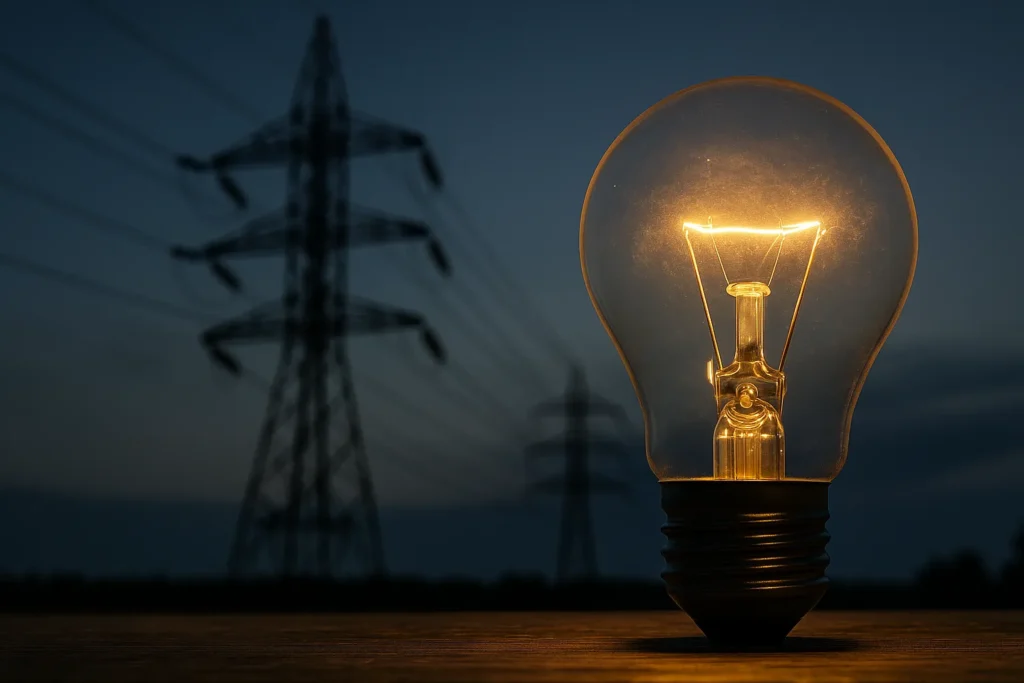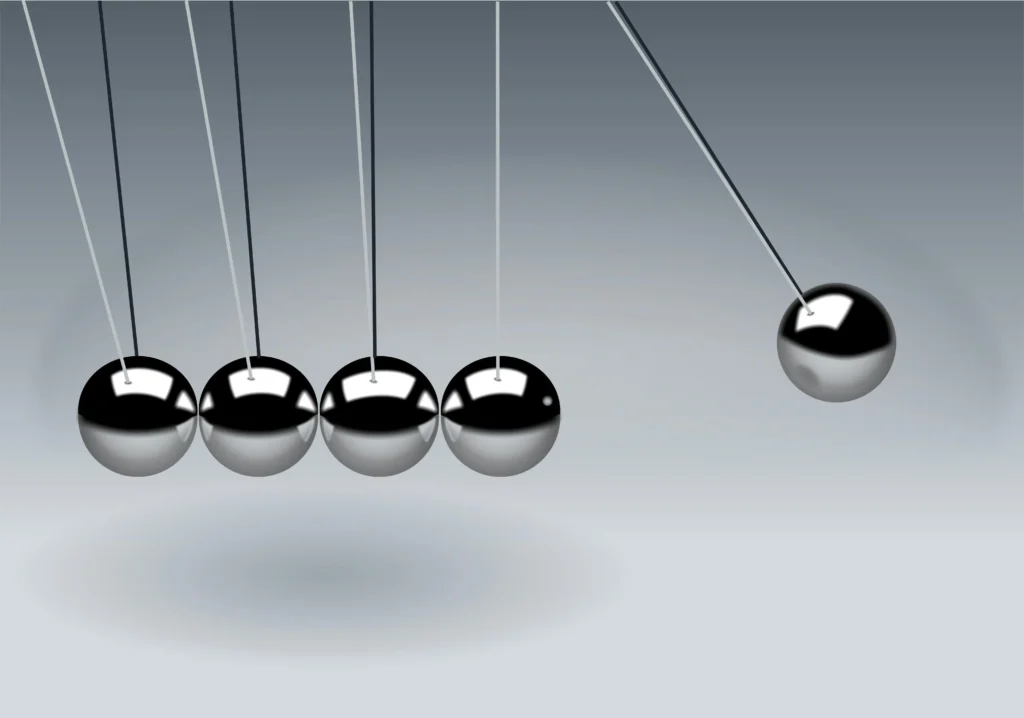Electric energy is the energy that is produced due to the movement of electric charges. This type of energy uses the motion of electrons in a conductor to power devices, machinery, and systems.
This type of power is formed when moving charged particles travel through a wire or circuit — for example, in a power plant, battery, or solar panel — and is distributed in homes, factories, or electric vehicles.

Examples of Electrical Energy
- A battery powering a remote
- Electricity lighting up a bulb
- A charging smartphone
- Power lines delivering energy to homes
- Solar panels generating electric power
How Is Electrical Energy Measured?
Electrical energy is measured in joules (J), which is the standard unit of energy. The kWh is the most widely used unit of measurement.
Formula to calculate electrical energy:
Electrical Energy=Power (in kW)×Time (in hours)
Therefore, a 1,000-watt (1 kW) device that operates for two hours uses:
1 kW×2 h=2 kWh
Is electrical energy potential or kinetic?
Electrical energy is potential and kinetic, depending on circumstances. If electric charges are being stored (e.g., in a battery), the energy is potential. If charges are flowing in a conductor (e.g., in a wire), the energy is kinetic.
Electrical energy is therefore converted from the two forms depending on whether the charges are at rest or flowing.
References
The information in this article is based on insights from respected organizations in the energy field. We have reviewed content from the following sources to ensure accuracy and relevance:

Posted by Abu Talha
With a background in science at the A-level, Abu Talha has studied subjects including physics, chemistry, mathematics, and biology. Along with his more than 1.5 years of experience in digital marketing, he is passionate about writing about electric vehicles, sustainable energy, and how emerging technologies are influencing the future.


